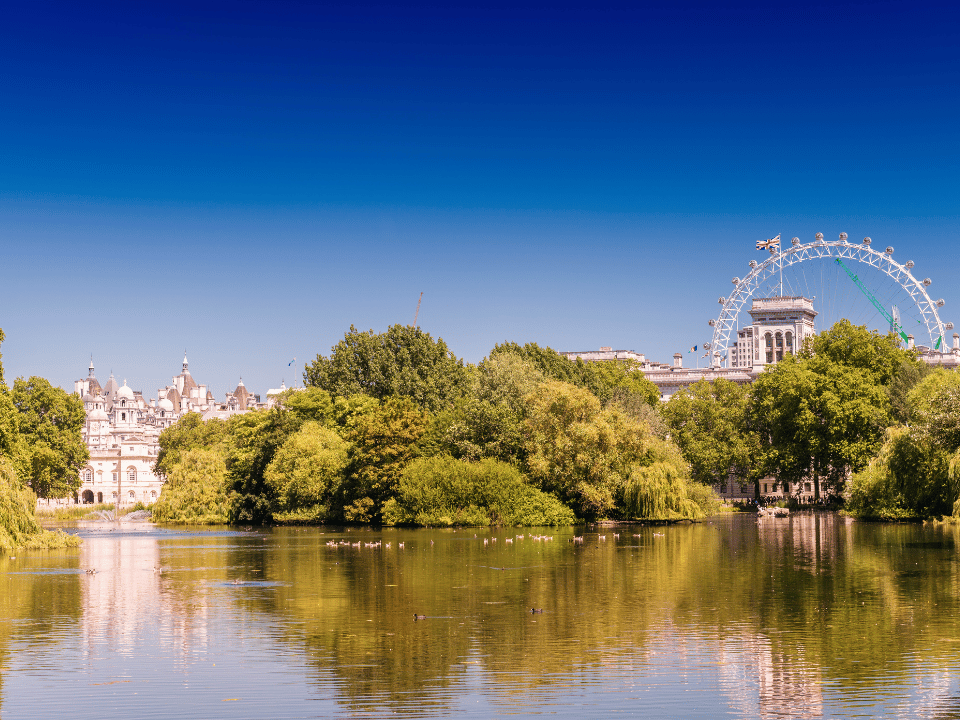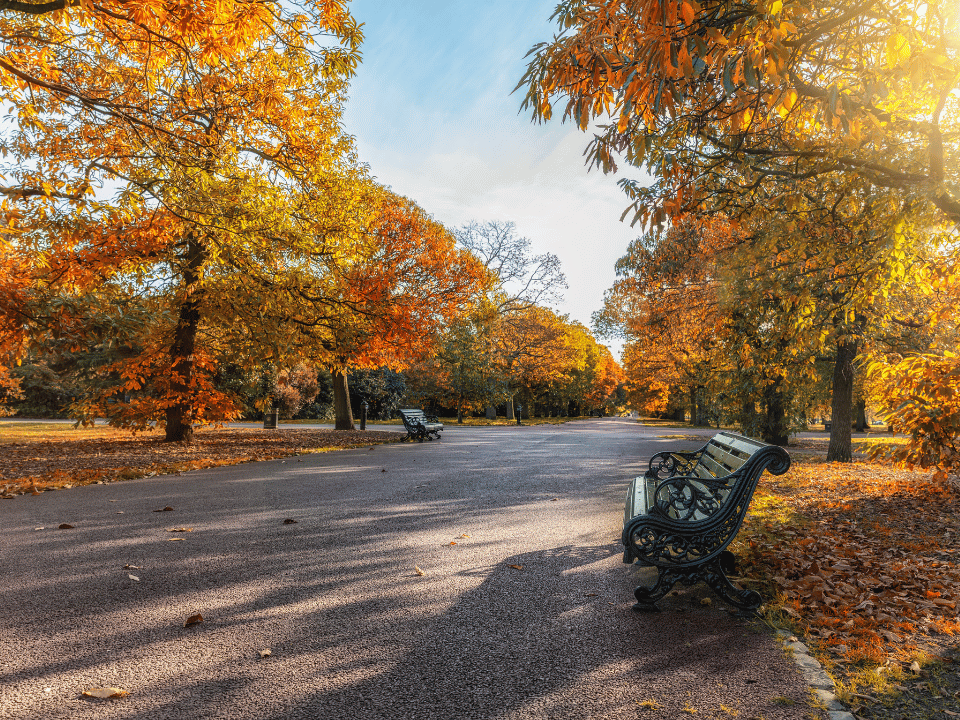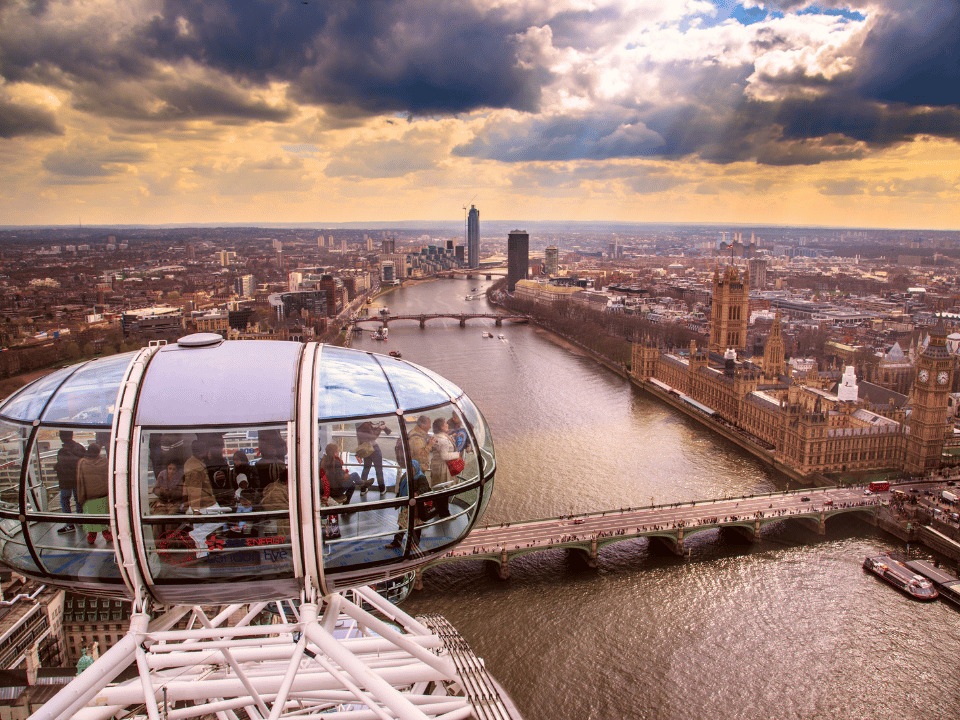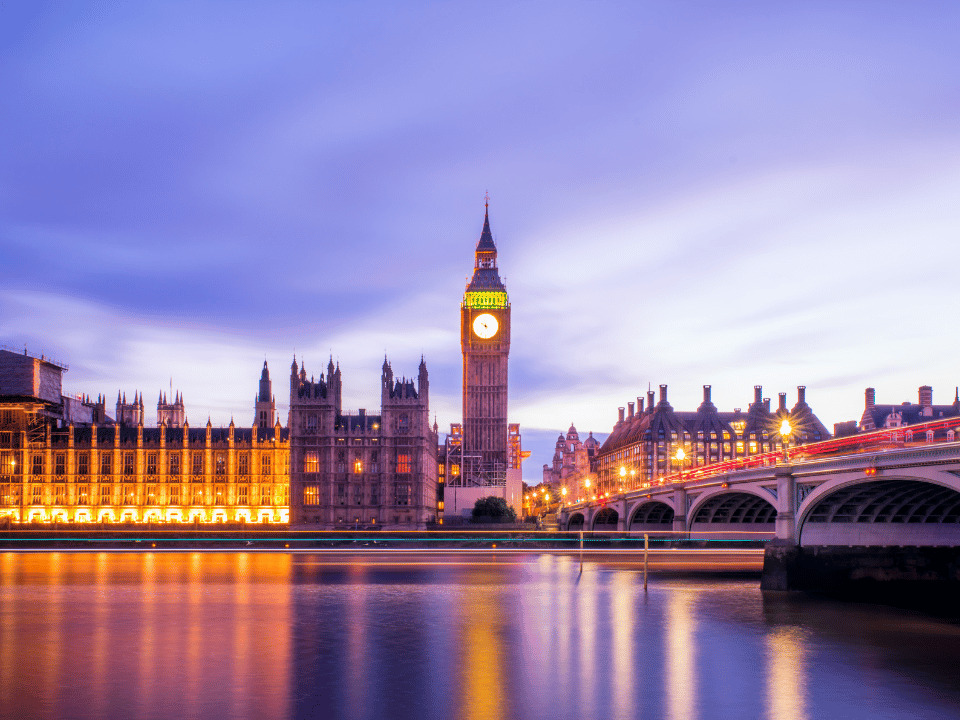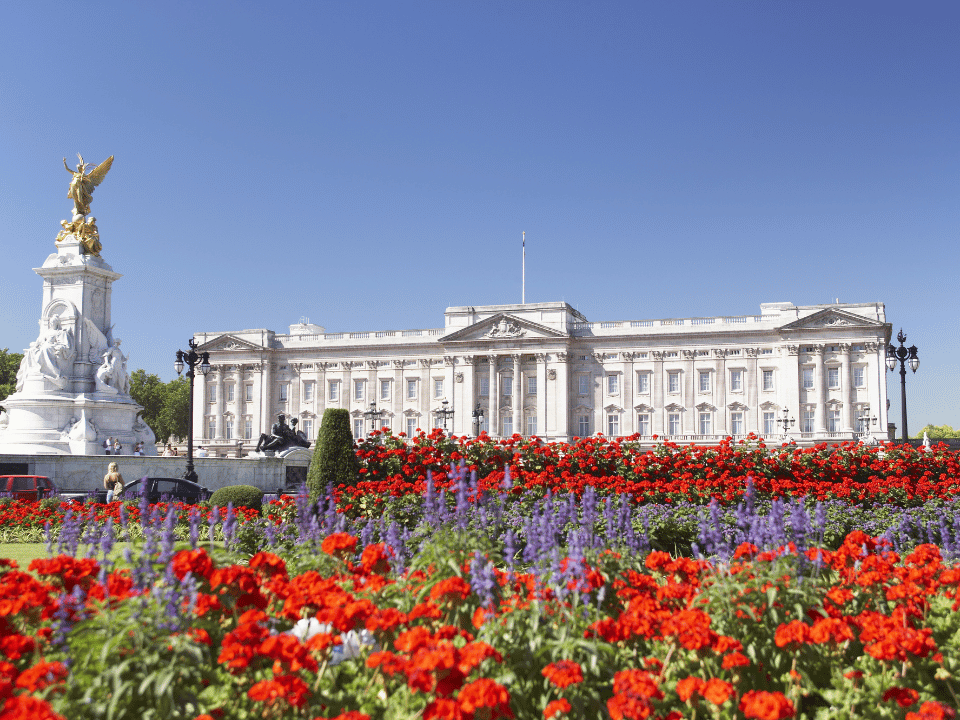Accessible Things To See & Do In London
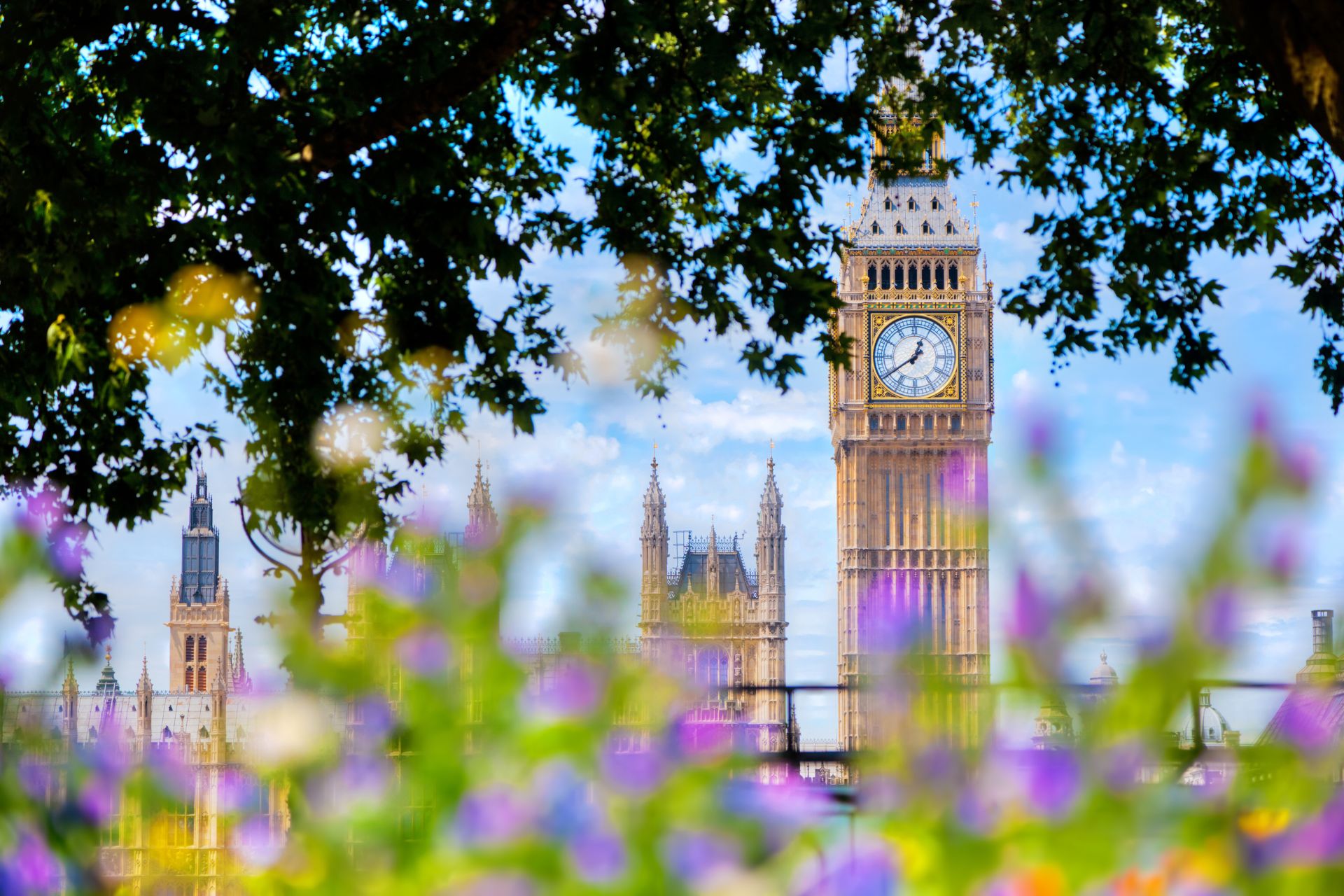
London is one of the most popular city break destinations in the world. Many visitors from around the world come to England and for many London is at the top of their list to visit. In this article I look at what there is to see and do in the city for the disabled visitor.
Buckingham Palace
The Palace is probably the most visited attraction in London.
The Changing of the Guard attracts many visitors to see the pomp and colour of the ceremony. The ceremony takes place at 11.00am. During the months August to May the ceremony takes place on Monday, Wednesday, Friday and Sunday. During June and July the ceremony takes place daily. The only place that you can watch the Changing of the Guard is from the pavement outside the railings. So if you are in a wheelchair my advice is to get there nice and early, though if you talk nicely to a helpful policemen, they may be able to help you find a good place to watch the ceremony from in safety.
But at certain times of the year the Palace opens its doors to the public, usually during the summer months. The Palace is wheelchair accessible but you will need to use a separate step free entrance at the front of the palace. The staterooms are wheelchair accessible and there are lifts. The Palace do state that to be able to use the lifts wheelchairs need to be compatible with the lifts inside Buckingham Palace.
The lifts measure 148cm in depth by 94 cm in width with a weight limit of 500kg; and 160cm in depth by 94cm in width with a weight limit of 750kg. However it is possible to borrow a manual wheelchair for your visit but this would need to be booked in advance. The Palace also have Rollator walking frames that can also be borrowed if booked prior to your visit.
Assistance dogs are welcome but are requested to wear their jacket or lead slip. The Palace do state they reserve the right to ask an assistance dog owner to leave if it is deemed to be behaving inappropriately. There are accessible toilets at the start of the Access Route, in the gardens and a Changing Places Room in the Royal Mews.
A couple of things to remember are that as the building is old it does have some uneven surfaces and most of the rooms are carpeted and some have polished wooden floors. That said the staterooms are very opulent and spectacularly beautiful with many artworks by famous artists. There are 19 staterooms on the tour and these are the rooms that are used to entertain and receive important guests. Much of what you see on the tour was designed by John Nash for King George IV.
Among the highlights of the tour are the White Drawing Room, one of the grandest of all the staterooms. This is where the Royal Family gather before official occasions and where the King receives important guests. The Throne Room is very dramatic with its canopy over the chairs of estate. The room was designed by John Nash, who drew on his experience as a theatre set designer for his inspiration.
The largest of all the staterooms is the Ballroom. This room was originally known as the Ball and Concert Room and has a musician’s gallery complete with an organ. This is where the Royal Family hold State Banquets and Investiture Ceremonies. The Palace does offer concessionaire prices for disabled visitors and you can take a companion free. However these have to be booked in advance. To find our more you should email specialistsales@rct.uk.
Tower Bridge
It may surprise you to find out that Tower Bridge is an accessible tourist attraction, but it is. Disabled visitors can get a concession admission price and a companion gets free entry.
Tower Bridge is an attraction of two parts the bridge itself and the Victorian Engine Rooms and both parts of the attraction are step free and wheelchair accessible. There are two lifts inside each tower up to the walkway and there is a glass floor in the centre of the walkway and two solid floors either side, so you can look down on the traffic going across the bridge and the river traffic below.
The glass floor is strong enough to take a power chair or mobility scooter, as the Tower Bridge website states it is strong enough to carry the ‘combined weight of two black cabs and an elephant’. There is also an external lift down to the Victorian Engine Rooms so you can see how the bridge is raised to let ships through.
On the third Saturday of every month the bridge has a relaxed opening that allows visitors with autism or neuro-diversity disabilities to explore the bridge in a calm environment. This involves limiting the numbers, muting loud soundscapes and turning off video presentations. They also turn off hand driers in the toilets and replace them with paper towels. To join one of these relaxed openings you need to book in advance.
There are two quiet rooms that are located in the South Tower. The rooms are equipped with a sink, soap, paper towels and a couple of seats and the lights can be dimmed. On the last Saturday of the month you can join a guided tour with a British Sign Language interpreter that is included in the price, however you can also hire a BSL guide at other times for £75 per hour for 1 – 15 hearing impaired or deaf visitors.
If you have hearing aids there are fixed induction loops are available at the Ticket Office, North Tower, at the Engine Rooms entrance and in the gift shop. To use the loop, you will need to switch your hearing aid to the ‘T’ position.
Visually impaired guests can borrow a braille or high contrast guide book from the ticket office. Guests are encouraged to feel all parts of the structure within reach including the walls, rivets etc. There are accessible toilets in the South Tower and in the Engine Rooms. There are two Changing Places facilities nearby in the Tower of London and London Bridge Rail Station. Assistance Dogs are welcome at Tower Bridge. You can also borrow a wheelchair from the ticket office but it is advisable to check its availability and book it ahead of your arrival.
The London Eye
The London Eye has established itself as one of the most popular and most accessible attractions in the capital. Situated on the South Bank close to the Sea Life Centre. The London Eye offers the visitor some spectacular views along the River Thames and of the ever changing city skyline.
The attraction is fully accessible and offers assistance to disabled visitors from the start of the boarding ramp. The pods are wheelchair accessible and the operators will either slow down the wheel or stop it to allow disabled visitors and wheelchair users to board safely and in comfort. It is worth noting that only two wheelchair / mobility scooter users are allowed into a pod and they restrict the total number of wheelchair users on the London Eye to eight at anyone time. So it is worth booking your ticket and time slot in advance.
If you take a carer with you on the London Eye they can get a free ticket on the day but you will have to take along one of the types of evidence they list on their website to claim the carer ticket. The London Eye does have a loop system at the ticket office and on the London Eye for visitors who have hearing aids. It is worth noting that the boarding ramp and gates can take wheelchairs up to a maximum width of 37 inches.
Assistance Dogs are welcome on the London Eye but there maybe a small delay to boarding to ensure the dog is safely boarded.
Sealife London Aquarium
The London Aquarium is a particularly popular attraction for families. The aquarium covers three zones over three floors. The three zones are the Coral Kingdom, Ocean Invaders and the Rainforest Adventure and meet sharks, penguins, octopus and rays to name but a few of the creatures in the Aquarium. The aquarium is fully wheelchair accessible with lifts between floors and step free access throughout. It is worth noting that whilst there is wheelchair accessibility throughout the aquarium due to health and safety requirements they can only have a maximum of 10 wheelchair users in the attraction at anytime. One of the highlights is the Rockpool Explorer, touch a starfish experience, which is accessible to wheelchair users.
The aquarium has three accessible toilets. The first is at the beginning after the Shark Walk on ground level, midway through the attraction after the Rainforest on level -2 and the last being before Ocean Invaders on level -1. There are baby changing facilities in the accessible toilets as well as in the men’s and women’s toilets.
If you have a mobility issue that means you can walk with some difficulty it is worth noting that some areas of the aquarium have low lighting and uneven flooring. The attraction takes between 90 to 180 minutes to walk through and there are a few rest areas with seating. Staff are happy to help you find the nearest one.
Guests with epilepsy need to be aware that the lighting can vary from bright and colourful in some areas to dark and dimmed in others. Whilst there is no strobe lighting effects in the attraction there are flashing lights at some points, particularly at the photo point that is located just after the Atlantic corridor. If you ask a member of staff they will help you skip these areas and help you avoid them.
Visitors with a neuro-diverse condition or autism should be aware that SEA LIFE London Aquarium is a sensory experience, with many different sights, sounds and smells. Sometimes there are characters that will roam different areas including Rainforest Rangers, their costume character Roxo the Penguin and other seasonal characters that may be anxiety provoking for some people.
The aquarium‘s website gives a full description of what you can expect. One particular thing you should be aware of is that just after the security check you will walk over the shark walk, which is a glass walkway above the shark tank giving you spectacular views of the sharks, however for some people this may be an anxiety provoking part of the attraction and should this be the case there are staff who will be able to show you an alternative route that avoids the walkway. It is also worth noting that if you need to take time out you can ask a member of staff to direct you to a quieter area.
Because some areas of the aquarium and displays are dimly lit to recreate the natural habitat of some of the fish and animals. This may make it difficult for some people with visual impairments. However, there are some tactile exhibits such as the crocodile skin imitation and piranha fish imitation in the Rainforest and the Rockpool Explorer.
Disabled visitors can get free admission for a companion when they show the relevant evidence that is listed on the aquariums website. It is also worth noting that Assistance Dogs are welcome at the attraction providing you can show official documentation to show that your dog is fully trained for example your dogs ADUK book.
The London Parks
One of the great things about London are the number of parks that the city has. Some of the parks are huge, some are small and intimate. But they provide somewhere to relax away from the hustle and bustle of the busy city streets. The parks themselves often have plenty to see and are remarkably accessible. This accessibility means they can be an incredibly accessible and relaxing way to get from one part of London to another. Some of the parks have attractions within them. For example Regents Park is home to London Zoo and to an open air theatre.
Hop on Hop Off Bus Tours
If you want to make the most of your time seeing London and want to hear about its history and stories then there is no better way to do it than joining a hop on hop off bus tour. There are two main operators in the capital Big Bus London and City Sightseeing. Both these operators have buses that can take one wheelchair. However they suggest that you get in touch with them to check that your chair is suitable before you buy your ticket.
These tours are pretty comprehensive taking in most of the top attractions and are pretty regular. My Top tip is to do the full circuit first and decide which sights you want to explore on the second time around.
I hope you have found this article of interest and inspiring.

